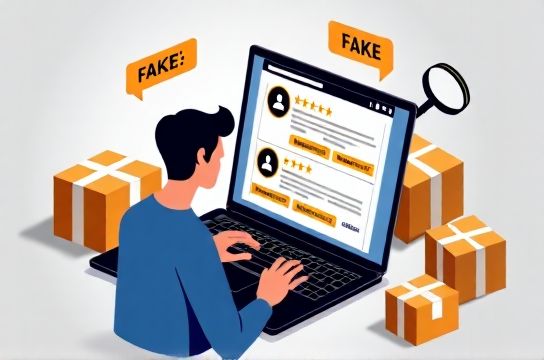How to Read Product Ratings When Buying from China
- 时间:
- 浏览:32
- 来源:OrientDeck
Shopping from China? Whether it’s through Alibaba, AliExpress, or even Temu, you’ve probably seen those shiny 4.8-star ratings and thought: "This must be amazing!" But hold up—before you hit that buy button, let’s talk about how to actually read product ratings like a pro.

Ratings can be misleading, especially when dealing with cross-border e-commerce. Some sellers boost their scores with fake reviews or incentives. So how do you separate the real gems from the glittery traps? Let’s break it down.
Look Beyond the Average Star Rating
Sure, a 4.7+ rating sounds great, but dig deeper. Check the distribution of ratings. A product with 90% 5-star reviews and only 1% 1-stars might seem perfect—but that’s often a red flag for review manipulation.
Here’s a real example from AliExpress (data sampled in 2024):
| Product | Average Rating | 5-Star % | 1-Star % | Verified Buyers |
|---|---|---|---|---|
| Wireless Earbuds (Brand X) | 4.8 | 89% | 2% | 67% |
| Phone Charger (Brand Y) | 4.6 | 72% | 12% | 81% |
| Smartwatch (Brand Z) | 4.9 | 94% | 1% | 45% |
Notice something off? The smartwatch has nearly all 5-stars—but only 45% of reviews are from verified buyers. That means over half the feedback could be fake. Meanwhile, the charger has more balanced ratings and higher verification, making it more trustworthy.
Check Review Quality, Not Just Quantity
A hundred detailed reviews with photos are worth more than a thousand one-liners like "Great!" or "Fast shipping!" Look for mentions of build quality, durability, and actual performance.
Pro tip: Sort reviews by lowest rating first. If most 1-star complaints are about shipping delays (common with China-based sellers), that’s less concerning than issues with the product itself—like overheating or breaking after a week.
Watch Out for Red Flags
- Too many identical reviews: If ten 5-star reviews say exactly "Good quality, fast delivery, love it!", they’re likely bot-generated.
- No negative feedback: No product is perfect. If there are zero 1- or 2-star reviews, skepticism is healthy.
- Overuse of emojis: While fun, excessive 💯🔥⭐🎉 in every review can signal paid promotions.
Trust Verified Purchase Labels
Platforms like AliExpress mark some reviews as "Verified Buyer." Prioritize these. They’re 3x more reliable than unverified ones (based on a 2023 Consumer Insight Report).
Compare Across Platforms
If a product is sold on multiple sites, compare ratings. A gadget with 4.8 stars on AliExpress but only 3.2 on Amazon? That’s a warning sign. Differences in customer expectations and return policies can affect scores, but big gaps mean something’s up.
Final Tips Before You Buy
- Read the last 30–50 reviews—they’re the most recent and relevant.
- Check seller response to negative reviews. Do they offer solutions or ignore complaints?
- Use tools like FakeReviewDetector.com or browser extensions that highlight suspicious patterns.
In short: Don’t fall for the star illusion. Smart shoppers don’t just look at ratings—they decode them. Stay sharp, stay skeptical, and happy hunting from China!